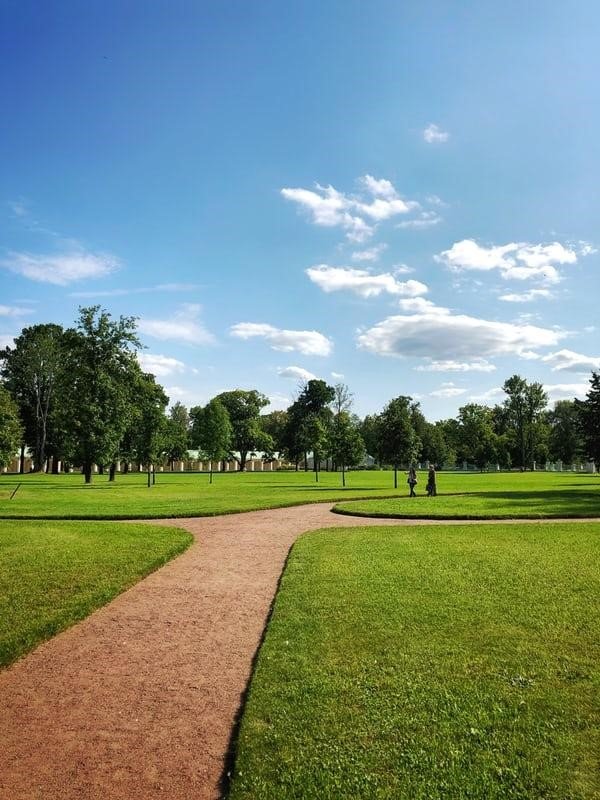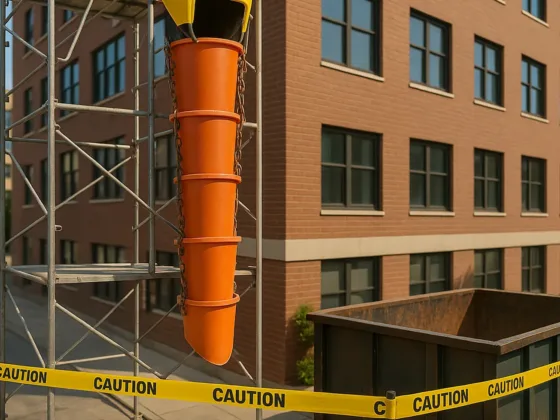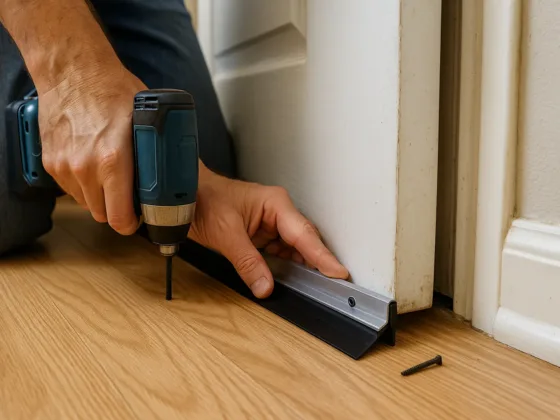Table of Contents Show
Proper maintenance of lawns and landscapes goes beyond the process of watering, fertilization, air circulation, and mowing.
Landscaping Oakland is particularly challenging because the lawns are susceptible to diseases caused by overwatering or the lack thereof, weather conditions, insects, too much fertilizer or using the wrong kinds, etc.

They not only ruin the aesthetic value of your lawn but will also cause you the trouble of having to replace it.
To avoid this, it is crucial to learn the different types of lawn diseases, how they appear and how to prevent or treat such, which are as follows:
1. Brown Patch Lawn Disease
Brown patch lawn disease is a typical summer disease when humidity is at its peak. The brown patch disease is caused by a fungus called Rhizoctonia fungus.
This disease affects the different lawns and is more prevalent with Kentucky bluegrass, perennial ryegrass, bentgrasses, and tall fescue.
How Do You Detect Brown Patch Lawn Disease?
The main factor in identifying this lawn disease is during warm seasons. They may appear during early spring, late spring, or late fall.
An early sign that a brown patch is about to invade your lawn is when your leaf blades develop spotting.
Brown patches can easily be spotted with its circular patches of brown, dry and dead grass.
Although, it can come on different spotting depending on the type of grass that you have. Other grasses may show a grayish exterior or tannish cast.
How to Prevent and Treat Brown Patch Lawn Disease?
Irrigation and Drainage
Proper drainage helps in the surface and subsurface aeration and prevents moisture, which causes the multiplication of fungi.
With this, it is advisable to irrigate the lawn once a week during midday to give space to dry up.
Brown patch disease can spread quickly on moist soil.
Moderate Application of Nitrogen Fertilizer
Nitrogen is food for the lawn. It helps keep it lush green and healthy. However, during the warm season, it can be detrimental with too much application or uneven application as the microbes in the soil won’t break them down.
With this, water absorbed by the roots starts to release back to the soil resulting in stress and burn on your lawn.
Apply Fungicide
Applying fungicide can effectively eliminate brown patch lawn disease. A regular application for 14-28 days will make sure your lawn becomes resistant to fungus and stays healthier and lush green.
Test the Ph Level of Your Soil
Testing your soil ph can help you determine how severe or vulnerable your lawn is to the disease. A soil with less than 6.0 ph level will likely increase the infections.
With this test, you will be able to apply solutions based on the test recommendations and prevent brown patch disease for your landscaping Oakland project.
Read Also:
2. Black Spots Lawn Disease
Diplocarpon rosae, popularly known as black spots disease, is a lawn eyesore. It may rarely kill the lawn, but it does weaken the structure and health of your lawn which will eventually die if not treated.
This disease occurs due to the fungal infections called Pythium blight, leaf spots, leaf smut, and slime mold.
It is a common disease during spring when the lawn and soil are continuously wet for 9 hours or more.
How Do You Detect Black Spots Lawn Disease?
This disease is characterized by black spots on the lawns’ leaves. It usually starts with reddish-black to purplish-black spots on the grass.
How Prevent and Treat Black Spots Lawn Disease To?
To treat black spot disease, it is essential to individually manage the three different fungal diseases causing it using fungicides appropriately.
After this is the application of fertilizer and fungicide every 5 to 10 days until the symptoms disappear, the application will also boost the immune system of the grass, so it will help combat the disease.
Apart from that, proper care maintenance can also help relieve the lawn of this disease. Regular mowing will aerate the lawn.
While it keeps it dry, it will also be cutting the leaves infected. After the mowing, collect the leaves and burn them to prevent them from re-accumulating again.
Since black spots occur in wet seasons, it is imperative to construct drainage and a controlled irrigation system to prevent water pooling, moist, and make time for drying up.
3. Lawn Rust Lawn Disease
Lawn rust, also known as rust disease, is a fungal disease that occurs due to poor growth. Such factors affecting lawn growth are extreme summer heat, low nitrogen fertility, shade, drought stress, and compaction. It usually thrives on soil with low nitrogen.
Also, it is spread by wind and leaves brushing with each other. Furthermore, lawn rust appears during late summer, early fall, or dry weather.
It also occurs when mowing is infrequent and when a lawn is too thick. The coated leaves prevent the process of photosynthesis and risking it to more possible fungal problems.
As the lawn rust disease progresses, the leaves become thin and weak, eventually dying off.
How Do You Detect Lawn Rust Lawn Disease?
The lawn rust disease is identified by its color resembling metal rust. It begins with a yellowish powdered leaf maturing into an orange, red or dark brown.
How To Prevent And Treat Lawn Rust Lawn Disease?
The proper application of nitrogen fertilizer is the primary treatment and prevention to handle this disease.
Aeration can also help prevent the spread and growth of the disease as fungi grow on moist soil.
Irrigate your lawn early in the morning so it will have enough time to dry up before the scorching heat of the afternoon occurs.
4. Red Thread Lawn Disease
The red thread is a common lawn disease that occurs during the late spring to early summer seasons.
It primarily affects cool-season lawns such as Kentucky bluegrass, tall fescue, Bermuda grass, creeping bentgrass, and perennial ryegrass.
This type is caused by corticoid fungus called Laetisaria Fuciformis.
This fungus lies in the thatch layer and soil which eventually comes out during the spring and autumn seasons, when nitrogen level is low, inadequate fertilization, and drought.
It thrives in a moist environment and with temperatures around 15 to 25 degrees.
How Do You Detect Red Thread Lawn Disease?
Red thread lawn disease is easily identified by its red and pink threads. The development has two stages.
The first stage is called stomata, which involves thin, red, and needle-like strands on the grass blades. This symptom can last up to 2 years.
The next stage involves the growth and spread of the pink and cotton wool-like mycelium. The red thread lawn disease affects only the leaf blades and not the roots, so it does not kill the lawn.
Although it is not a good sight, it will recover after proper maintenance and remedial action.
How To Prevent And Treat Red Thread Lawn Disease?
The application of nitrogen fertilizer can help reduce the severity of the red thread disease on the lawn.
With regular and continuous applications, it will disappear. Adequate fertilization, mowing, morning watering, maintaining a balanced ph of 6 to 7, and aeration will help the lawn’s immune system improve, which will enable it to fight the disease effectively.
Applying fungicide that contains benomyl or carbendazim can also help kill and suppress the red thread disease.
5. Pythium Lawn Disease
Pythium lawn disease is also known as Pythium blight, cottony blight, or grease spot. It is a highly destructive type of lawn disease that can destroy the entire lawn in just a few days if not given immediate action or attention.
The symptoms may appear during the early spring and late autumn seasons.
Pythium disease develops during hot and humid weather. It thrives in water-logged grasses and poorly drained lawns.
It also favors over-fertilized soil with low levels of nitrogen and low calcium soil. The lawn grasses that are most susceptible to the disease are bentgrass and ryegrass.
How do you detect snow mold lawn disease?
The pythium disease produces a grass exterior that looks and feels oily and wet. As it progresses, cotton-like fluffs of whitish to grayish mycelium grow on the infected lawn.
How to prevent and treat snow mold lawn disease?
Humid and hot weather cannot be prevented, but pythium is. Creating a healthy lawn by proper aeration, adequate fertilization, building drainage, and controlled irrigation early during the day can keep it healthy and less hospitable to the fungus causing the disease
Pythium can easily be transferred by contact, so it is important to wipe and clean the mower and other equipment to prevent this.
The best time to treat pythium would be the oily stage. Once it progresses to patchy, streaky, and brown, it could become difficult to reverse the effects.
With this, you will need the help of a lawn care professional.
Lawn diseases can be prevented and treated. You can talk with your lawn installer about the relevant information that you will need in terms of maintenance and so on.
With this, you can learn the different types of lawn diseases for treatment and prevention purposes.
Calling a professional can help save your lawn if you cannot control, treat the disease or when you lack the knowledge on how to do it.
They know what the lawn needs and the possible alternatives to save it.
If you need help, call on the landscaping oaksland services. They will provide all the help and reliable service you need with promising results.










